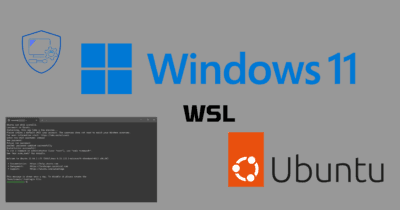SSH: Resolve error: Warning: unprotected private key file!
In this tutorial, I will explain how to resolve the following error : Warning: unprotected private key file! when you try to SSH from Linux to another SSH server with a private key set. When you try to connect via ssh with a private key, you get this message: Chances are you created the file …









